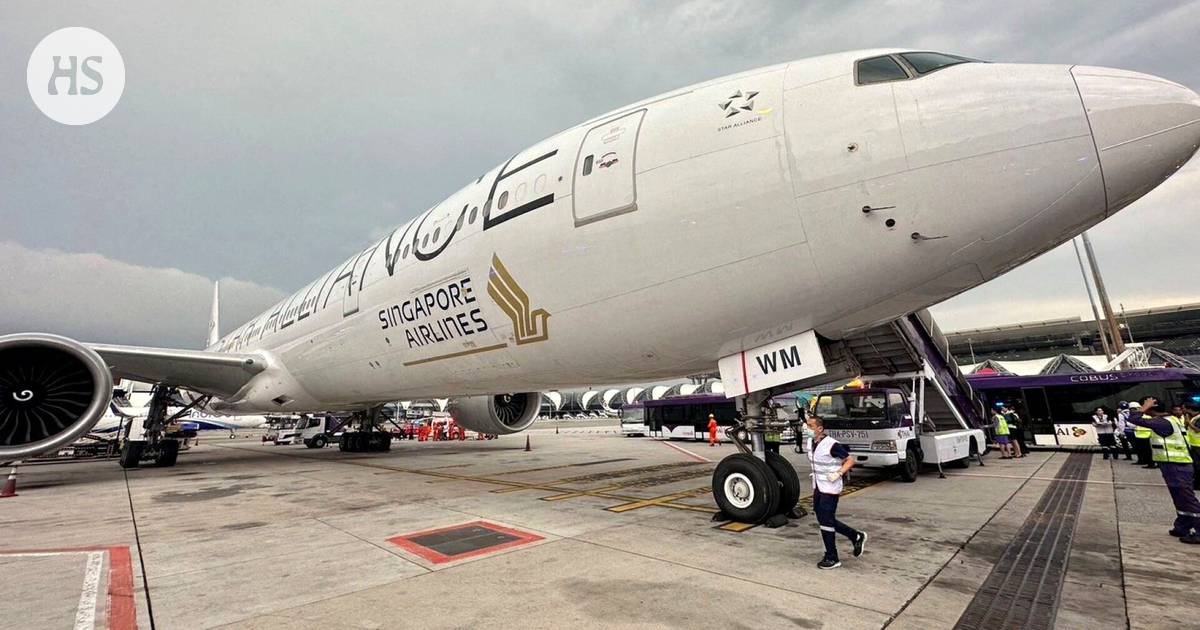The mechanical engineering research manager notes that air currents can be detected near airports but not yet from planes. A scheduled Singapore Airlines flight experienced severe turbulence resulting in one passenger’s death and injuries to several others. These cases are rare, according to the head of mechanical engineering research at the University of Tampere, Jussi Aaltonen. The nature of the turbulence faced by the plane involved in the incident has not been disclosed, leading to speculation that it may have been clear air turbulence that cannot be detected in advance.
Aaltonen explains that the plane’s weather radar can detect turbulence if there are water droplets, ice crystals, or dust in the air, which are absent in clear air turbulence. While airports have equipment to detect vertical air currents, these capabilities cannot be transferred to airplanes due to technical limitations. Bright air turbulence is caused when air masses of different directions or speeds collide, with jet streams in the upper atmosphere playing a significant role in turbulence formation.
Professor Leena Järvi from the University of Helsinki emphasizes that jet streams can lead to wind shear and turbulence due to changes in air currents. Predicting turbulence caused by jet streams can be challenging but is more prevalent in certain areas like the North Atlantic. Studies suggest that there will be an increase in turbulence in the coming decades due to climate change, with clear air turbulence on the rise over the years.
Researchers believe that advancements in technology and weather forecasting can aid in detecting turbulence more effectively. For instance, NASA is working on a system to warn of clear air turbulence from long distances. Additionally, increased measurements in sea areas and the upper atmosphere could improve turbulence predictions. These developments are expected to enhance air travel safety and comfort as the frequency of turbulence increases with climate change.
